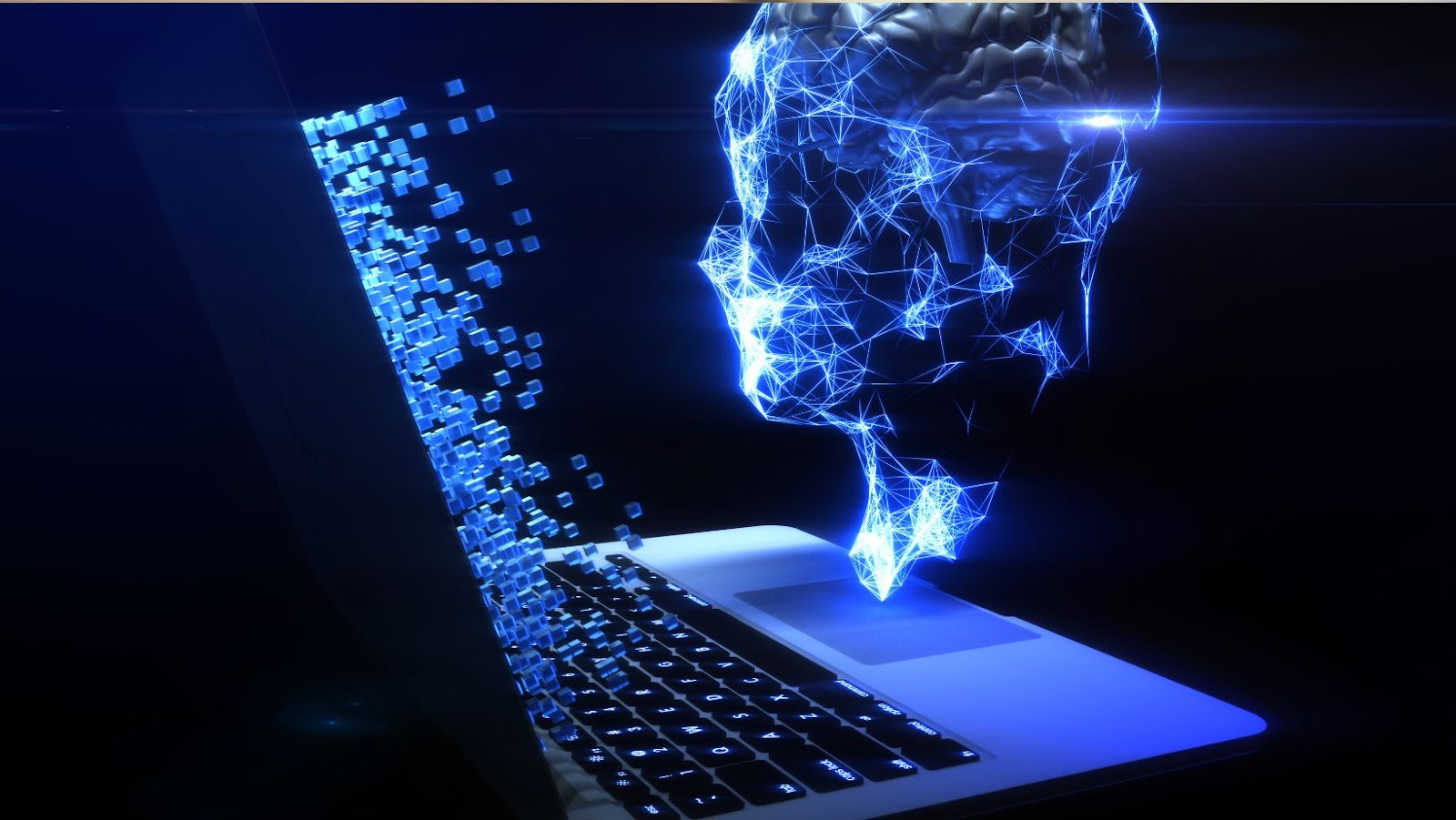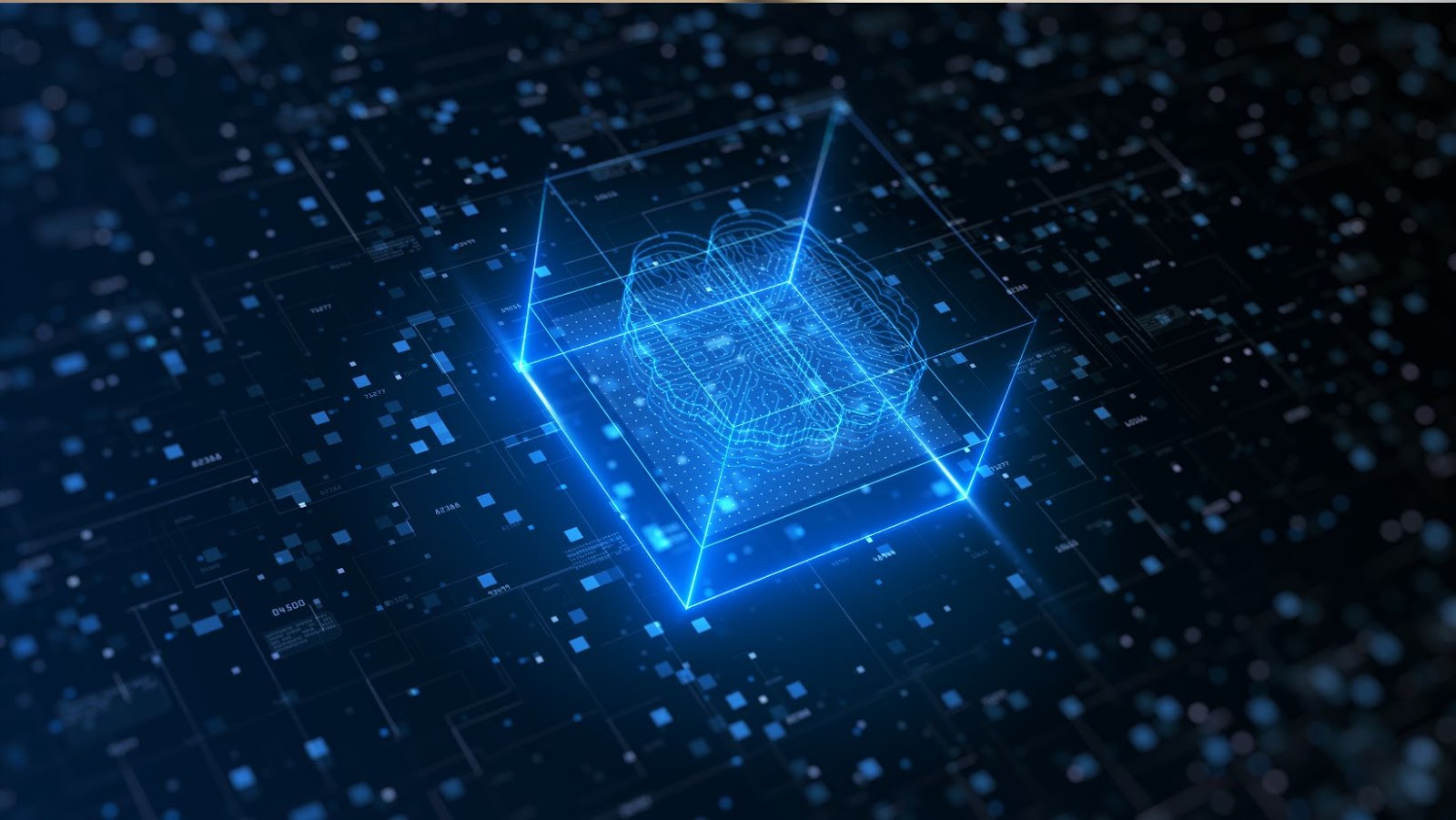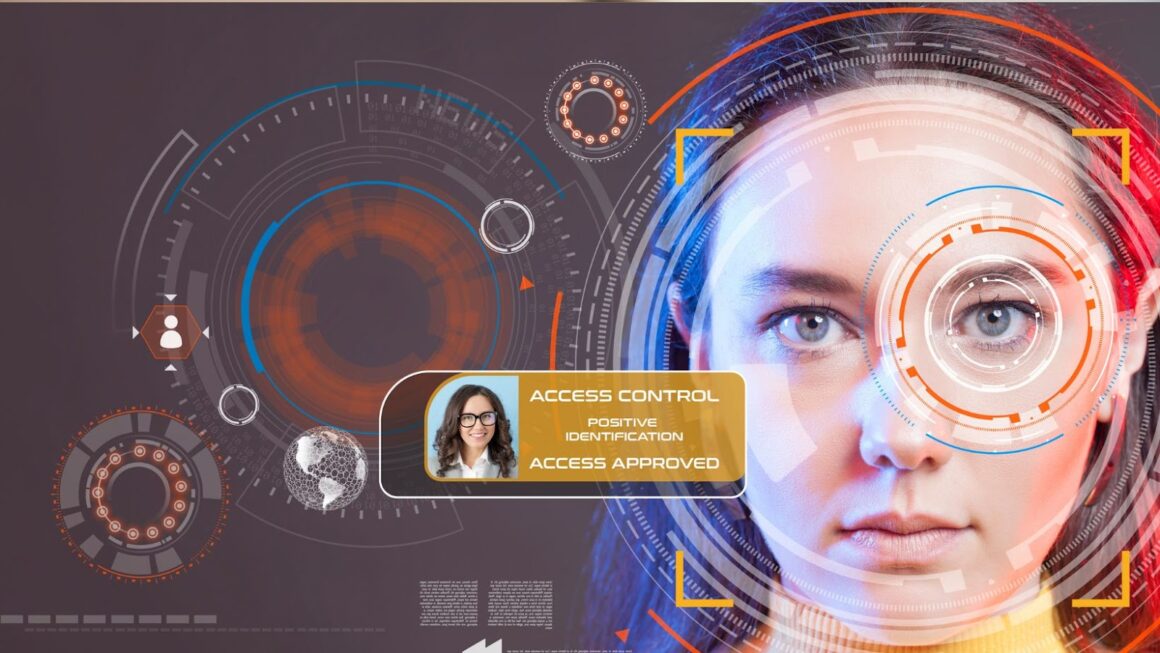Everyday, countless lives are lost due to natural disasters, conflicts and pandemics. Yet, in the wake of such tragedies, identifying the dead often comes at a human cost that often goes unnoticed.
You have the power to help protect those affected and ensure their rights are respected – but do you know how?
This blog dives into why identifying the dead is important and how it can be done while upholding human rights.
Identifying the Dead Comes at a Human Rights Cost
The process of identifying the dead can be a difficult and emotionally charged task. With the unprecedented number of lives lost in wars, natural disasters, and other tragedies each year, it is necessary to find ways to identify those who have been lost. However, this process often comes with a significant human rights cost that can harm victims’ families and those involved in recovery efforts.
Human rights abuses associated with identifying the dead include:
- Violating privacy and dignity.
- Discrimination against certain ethnic or religious groups.
- Leaving family members without closure or justice.
The fact is that while medical investigations may be able to provide evidence of a person’s identity through DNA testing or fingerprinting methods, there are also many risks associated with this approach. For example, collecting personal information such as hair samples or teeth may also be necessary for further verification.
In certain circumstances governments have used exhumation as part of their identification process; however this process often creates even more psychological harm to grieving relatives. Furthermore, when governments fail to operate according to international human rights standards when identifying the dead there is a risk of perpetuating impunity for perpetrators of violence and a lack of closure for families who have suffered tragedy.
In light of these issues, governments everywhere must adhere strictly to international standards on respecting and protecting the right to privacy when attempting to identify the deceased. It is also important that international organisations like Human Rights Watch provide continuous monitoring on these processes and challenge any abuses they see occurring to ensure that no one’s human rights are compromised as they come together in an urgent effort to reunite relatives with loved ones who were lost during tragedy.
What Are Human Rights?
Human rights are fundamental rights that all people are entitled to, regardless of their nationality, gender, race, ethnicity, language, religion or any other status. Human rights include the right to life and liberty, freedom of expression and opinion, the right to work and education, and many other rights listed in the Universal Declaration of Human Rights (UDHR).
Identifying the dead is an important humanitarian task that requires sensitivity and respect for the personal dignity of those who have died and their loved ones. However, it is particularly challenging when victims cannot be positively identified due to circumstances that are sometimes beyond human control. In such cases, making decisions based on assumptions or general criteria that give rise to human rights issues can be necessary.
For example, certain minorities might be prioritised over others for identification purposes in situations with limited capacity or resources. Such discrimination can undermine the fundamental principles of fairness and equality enshrined in international human rights law. Furthermore, decisions surrounding identification practices may not adequately consider ethical considerations such as privacy laws or respect for cultural values associated with death procedures in different societies. All of these aspects must remain at the forefront when considering actions related to identifying the dead.
Impact of Identifying the Dead on Human Rights
Identifying those who have died during times of conflict and disaster can play a crucial part in helping families reunite, reparations to be made, and violence to be prevented. The process however has human rights implications that often go unnoticed and unaddressed, with devastating consequences.
When investigating violent deaths and unlawful disappearances, the collection and use of DNA evidence is tasked with providing the facts needed to clarify what happened. However, when the expertise needed for family identification is lacking or the process is not transparent or consulted with affected communities, authorities can further damage survivors’ rights to truth, justice and reparation.
Healthcare workers in mass graves face ethical dilemmas concerning how best to care for dead bodies. In almost all contexts there are still powerful taboos against touching a dead body—even if it was a deceased family member—and these taboos can be considered an additional obstacle to performing a dignified recovery and proper medical response. By failing to ensure that those tasked with identifying the dead have adequate training or by not adhering to safe and dignified protocols during exhumations or handling of remains, healthcare personnel can unwittingly exacerbate existing trauma experienced by their surviving colleagues, communities and loved ones alike.
International humanitarian organisations further contribute by supplying technology such as devices used for digital fingerprints tracing as well as DNA testing kits that are supposed help aid workers better respond in disaster situation scenarios but may also contribute or increase state control over vulnerable populations’ data without consent—further affecting some families’ right to privacy and dignity in matters related to their lost relatives identities.
Additionally complex legal frameworks concerning who has access and control over the relevant information related to identifying an individual death certificate (essentially prohibiting governments from sharing this detailed data even with international organisations) leaves thousands unaccounted for—undermining survivor’s right for redress due physical or material damages connected with an individual death caused by governmental institutions.

Furthermore failure on behalf of healthcare workers responsible in verifying deaths occurring within war-contexts (without being backed up by medical forensic professionals proficient in pre-autopsy techniques) can make it impossible for such cases ever being properly addressed within justice systems meaning staff avoid accountability for human rights violations associated with individual deaths where victims do not possess ID documents that corroborate incidences under review.
In conclusion It is important that throughout any process designed towards identifying people who have died during times of conflict or disaster meet humanitarian needs while at same time ensuring compliance with international human rights law protections related access information publicity, privacy protection, freedom from discrimination, safeguards guaranteeing consultation with communities most affected while also addressing issues relating cultural sensitivity injustice avoidance self-determination collective representation community representatives. By doing so governmental/international agencies will enable clearer pathways allowing survivors access truth justice reparations thus ensuring worldwide respect honouring fragile nature mortality dignifying vital roles family caregivers play during bereavement periods.
Examples of Human Rights Violations in the Process of Identifying the Dead
Identifying the dead poses ethical and human rights challenges because those most likely to have died in catastrophic events are among the most vulnerable people. Despite efforts to ensure their safety and wellbeing, disasters often lead to a violation of their rights. In addition, this process has often resulted in numerous human rights violations in attempting to identify the dead.
For instance, recovering bodies from a disaster zone can be extremely hazardous due to lack of infrastructure needed for body extraction or contamination by hazardous materials. Additionally, identifying remains often occurs without regard for appropriate language or respect for cultural difference, creating further trauma for survivors who may not understand the reasons behind seeking identification.
Furthermore, victims’ family members can experience difficulties accessing support services after disasters, including a lack of information concerning their loved ones’ fate. They can also face obstacles when trying to obtain legal documentation. These families may also face lengthy bureaucratic delays when attempting to access justice related issues such as compensation and reparation measures.
In considering measures taken in response to disasters, governments must prioritise upholding approaches recognizing people affected by crises as equal citizens with basic human rights regardless of status or race. By doing so, governments will be better positioned in helping victims through mitigating their risk factors and developing effective long term policy strategies which help prevent further injustice post-disaster events.
Challenges to Identifying the Dead
Identifying individuals who have died due to a disaster or conflict is fraught with issues that are not just technical challenges, but ethical and human rights issues. Identifying those who have perished is an important part of providing justice for victims, closure for families and relatives, and an opportunity to address broader issues such as community-based violence, hate crimes, state-sponsored persecution and extreme civil conflicts.
A key challenge in identifying the deceased is establishing baseline data on the dead. This involves obtaining information from multiple sources on pre-existing conditions. Differing formats and years of data can make it difficult to perform comparative analysis or to find patterns in deaths that could help identify those who have misplaced their identity due to the events leading up to the death.
Furthermore, traditional methods used by funeral homes are often inadequate in retaining family history or secondary identification references such as tattoos. In criminal cases trying to link victims to perpetrators, more advanced genomic forensic techniques such as cleaning teeth with dental enamel swabbing kits (DMPS) may be employed if available resources permit it. This means essential financial decisions must be made when resources are limited during grief.
In addition, identifying remains can come at a cost – both financially and emotionally – not just for those involved directly but their families too who may have mixed feelings about DNA tests being taken which they consider very personal. They must face difficult decisions over matters such as grieving prematurely over unidentified remains or holding out hope that their loved one will later be discovered somewhere safe abroad given accounts of disappearances into unknown territories. Collecting fingerprints from a deceased person can also evoke painful emotions for families dealing with grief.

Other human rights aspects relate to storage and disposal of remains; harassment by state actors; invasion into people’s private lives; influence of oligarchies or ideological groupings. Quarantining bodies; possession/destruction/denial of family members all bypass core human rights, privacy and precious memories depending on how well local governments keep accurate records. Thus, identifying the dead comes at tremendous financial, emotional, and a great human right cost much greater than many anticipate going in.
Role of Governments in Protecting Human Rights During the Process
Governments have an important role in protecting human rights when identifying the dead. Governments must ensure that identifying individuals is conducted with respect for the human rights, and dignity of those killed and their surviving family members.
To protect these vital human rights, governments should provide training to all personnel involved in the identification process, such as first responders. This training should focus on ethical conduct, privacy and confidentiality requirements, as well as proper documentation and the safeguarding of evidence. In addition, governments should create an environment where people can share information without fear of retribution or stigma. It is also important to ensure that people interacting with government personnel have access to interpreters when necessary and mental health resources for coping with distressing experiences.
Additionally, governments must ensure that individuals identified receive dignified burials or cremations according to their religion or other beliefs. In many cases this can be a source of closure for families dealing with loss during the identification process. Governments should also maintain records related to body recovery efforts and burial site locations in case family members search for them in future years. All efforts towards identifying loved ones must be undertaken while respecting every person’s right to privacy and preserving their dignity during this difficult period.
Strategies to Minimise Human Rights Violations in the Process of Identifying the Dead
In the wake of tragedies such as war, natural disaster, or terror attack, identifying the dead can be necessary for families to grieve and to fulfil legal obligations. Yet forensic identification of the deceased can also result in human rights violations if the process does not consider the cultural context, or procedures lack transparency or accountability. This section outlines strategies governments and forensic professionals should consider to ensure that human rights are respected in identifying deceased individuals.

First, governments should ensure that comprehensive legal systems are in place which explicitly recognize a right to identity and guarantee protection of bodily integrity. Any laws or regulations enacted for identification must abide by existing international conventions that protect human rights, including the right to privacy and identity. Furthermore, government authorities should proactively inform families about protocols regarding consent forms and those papers required by law before taking any autopsy action.
Second, organisations responsible for ensuring proper identification should engage qualified professionals who have received proper training on conducting autopsies concerning autonomy and dignity. These professionals must follow ethical standards while following applicable laws regulating autopsy practices. At all times sensitive medical information must be secure, including details such as age at death or cause of death which could lead to potential discrimination against certain social classes or races.
Finally, governments should make available resources for post-identification activities such as burial or cremation services;. Although countries may differ on public funding for religious reasons, it is important not limited access based on perceived economic standing within families affected by tragedy. Systematic record keeping is also essential nowadays – again protecting relevant data from abuses – so families can reference them later if they desire information they might have missed when initially provided with the forensic results.
Conclusion: The Human Rights Cost of Identifying the Dead
Identifying the dead is undoubtedly a crucial component of after-disaster response efforts; however, it comes at a human rights cost, as it requires grieving individuals to entrust the bodies of their deceased loved ones to authorities, or participate in identity confirmation systems that are often invasive and opaque.
Disaster-affected communities must be informed of their rights and the risks of undertaking these processes. Moreover, countries should develop 24/7 complaint mechanisms to monitor practices that may violate victims’ rights and establish laws prohibiting discrimination in death certificates. Finally, legislation regulating handling the dead should also be adopted nationally.
Governments must also protect vulnerable groups subject to exploitation—particularly women and children—by recognizing misidentification at points of entry when registering ID cards (voter IDs). Finally, moving forward, governments have an ethical obligation to put measures in place that respect survivors’ religious practices while preserving the rights of both victims and survivors.
Countries must give due consideration and care to victims’ families during this process or risk further exacerbating survivors’ sense of displacement and alienation from their homes in disaster zones. The aim should be for countries to ensure recovery operations are prompt yet protective.
“
tags = full-scale invasion of Ukraine, facial recognition software, identify the bodies of Russian soldiers killed, pm fedorov russia clearview aidillettechcrunch, qa mykhailo ukraine clearview aidillettechcrunch, pm mykhailo ukraine russia clearview aidillettechcrunch, pm fedorov ukraine clearview aidillettechcrunch, qa pm mykhailo fedorov clearview aidillettechcrunch, pm mykhailo fedorov clearview aidillettechcrunch, qa mykhailo fedorov clearview aidillettechcrunch, qa pm mykhailo ukraine clearview aidillettechcrunch, pm fedorov ukraine russia clearview aidillettechcrunch, fedorov ukraine russia clearview aidillettechcrunch, qa pm ukraine russia clearview aidillettechcrunch, qa pm fedorov clearview aidillettechcrunch
“

